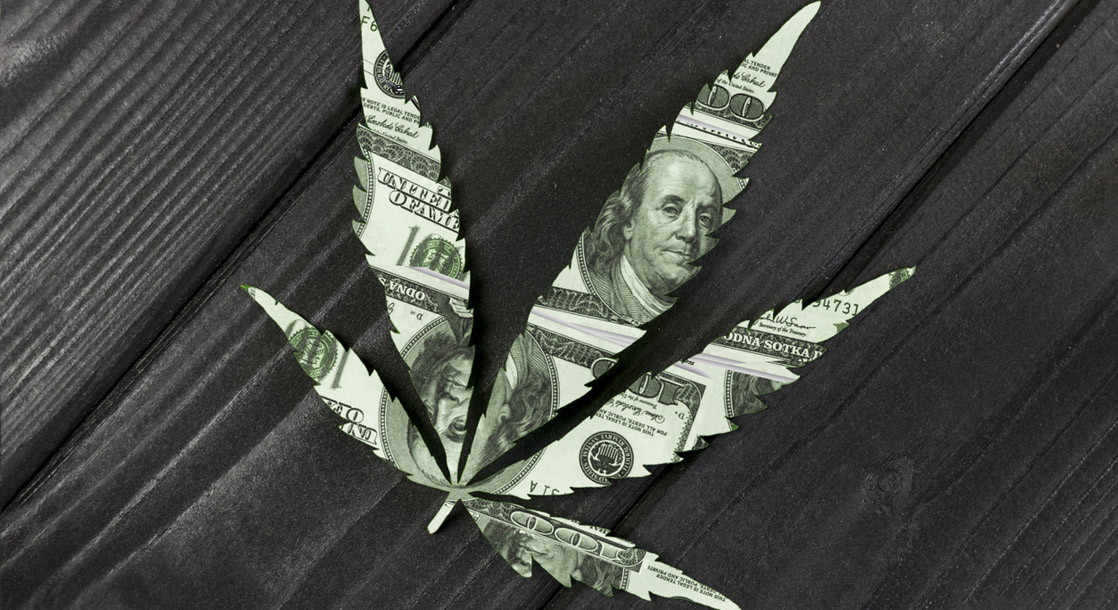Cannabis is now worth more as an agricultural crop than rice or potatoes.
On Tuesday, Leafly published its Cannabis Harvest Report, which details how cannabis is now America’s sixth largest cash crop, despite being outlawed at the federal level.
For now, the only US crops that exceed recreational cannabis in value are mainstays such as corn, soybeans, hay, wheat, and cotton.
According to the report, in 2022, an estimated 2,834 metric tons of cannabis were grown among 13,297 farms, 10,000 families, and “tens of thousands of workers” across 15 states where recreational cannabis is regulated at the state level.
Wholesale adult-use marijuana is currently valued at a staggering $5 billion. Farmers grew 24% more weed by weight than they did in 2021, as tracked by Leafly during both years.
Again, these figures only track adult-use, not the medical marijuana industry that is present in more than twice as many states, and which, the report said, would make some harvest totals “about three to five times larger.”
“There is systematic discrimination at the local, state, and federal level,” said Leafly’s California bureau chief and lead author of the report, David Downs, in a press statement. “Adult-use cannabis is a top cash crop in states where it’s legal, but that song goes unsung.”
The Cannabis Harvest Report is based on data from both Leafly and Whitney Economics.
This investigative project is urgently needed — particularly given the fact that marijuana is not included on federal reckonings such as USDA reports (however, the USDA did release its first national report on the industrial hemp industry in February). The Leafly data is based on the past 12 months and in some cases on 2021 full-year numbers.
“American voters and policymakers need reliable data to inform decisions about legalizing, taxing, and regulating one of the country’s fastest-growing industries,” states the report, which adds that even in some of the states where cannabis is the most valuable crop (Alaska, Massachusetts, and New Jersey), regulatory agencies do not make public production totals.
“The stigma created by 85 years of prohibition and government-funded propaganda continues to fuel this bias,” the report continued. “That has real consequences for cannabis farmers, who must overcome significant barriers faced by no other growers.”
Among the other pressing issues as identified by Leafly standing in the way of cannabis growers are the fact that they do not qualify for disaster relief, banking services, or federal loans — and that they have an effective tax rate of 70%.
Some of these concerns will come as no surprise to those in the industry. For example, Leafly estimated that mid-sized California weed businesses must pay $77,905 in cultivation permit fees alone.
Follow Caitlin on Instagram, and catch her Spanish-language podcast Crónica on Spotify and Mixcloud.











